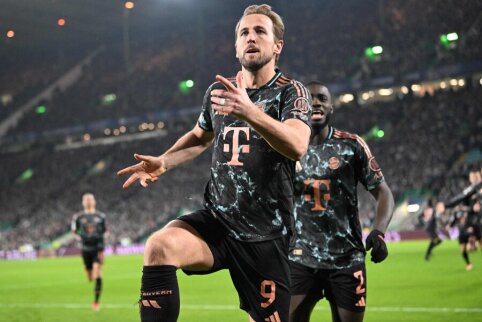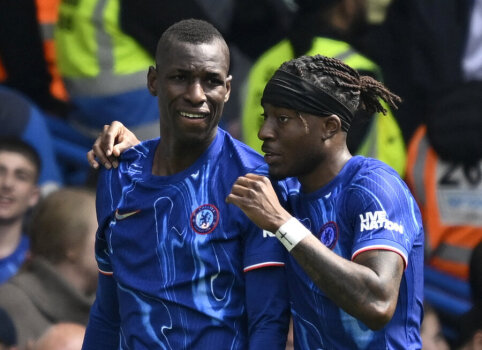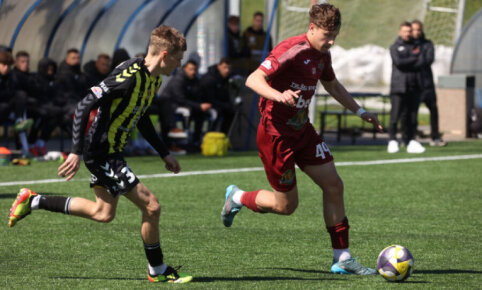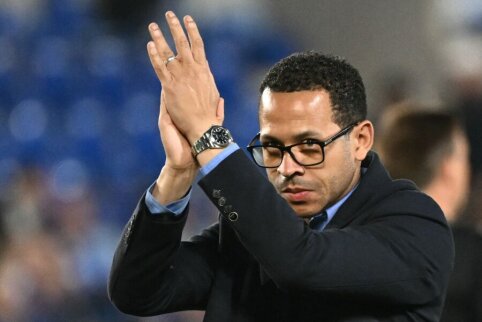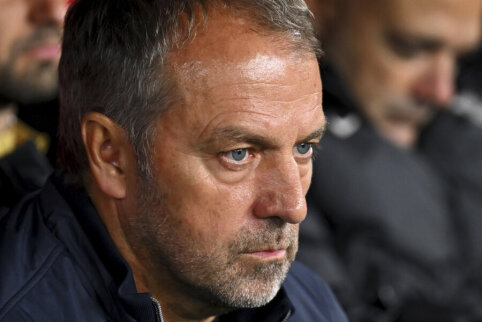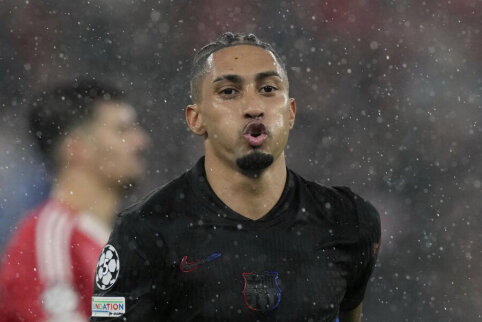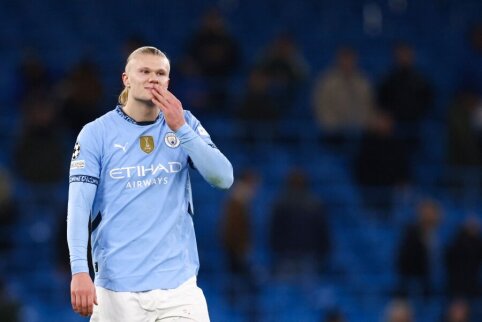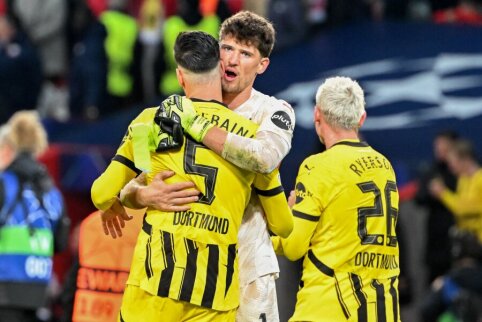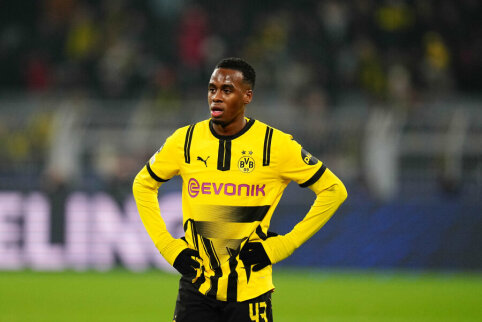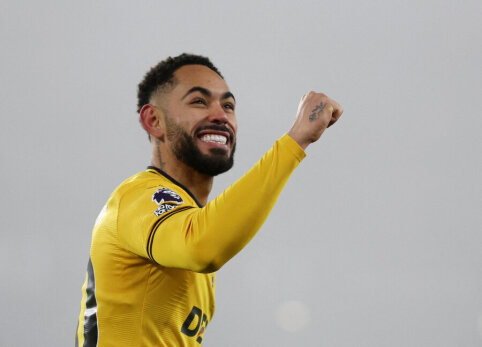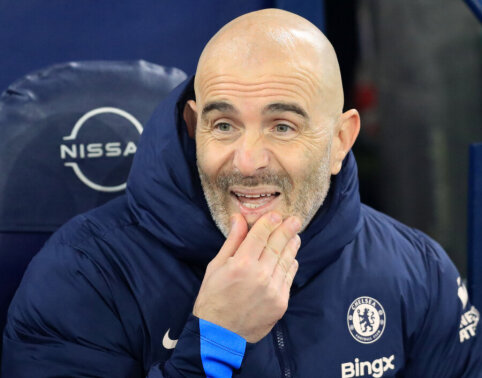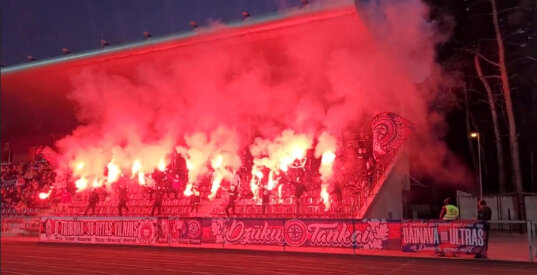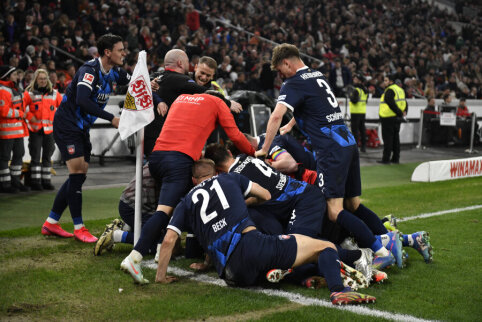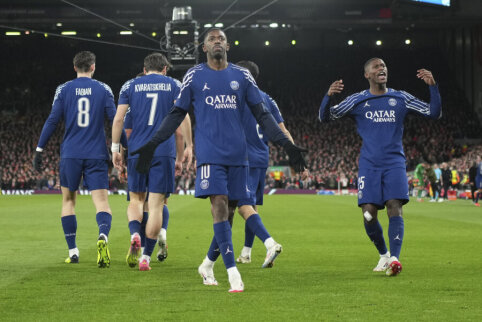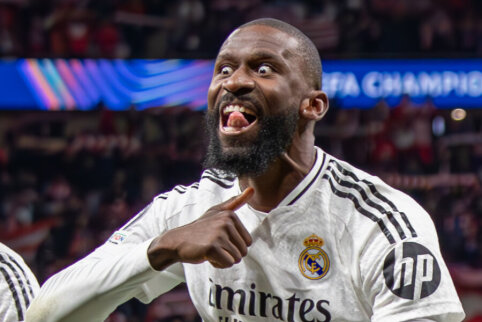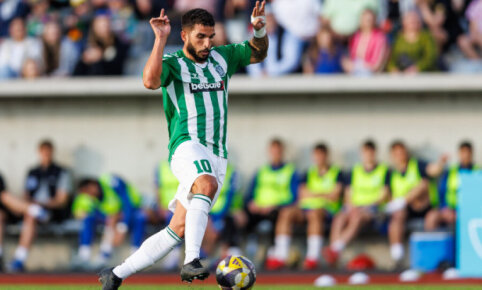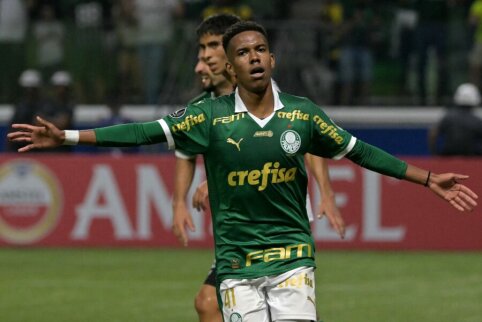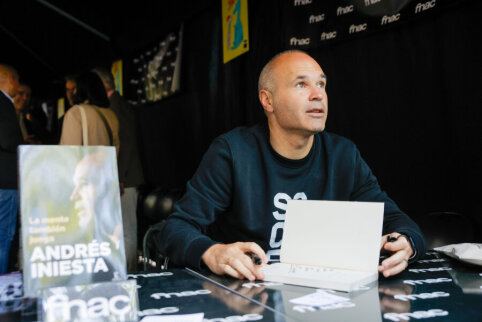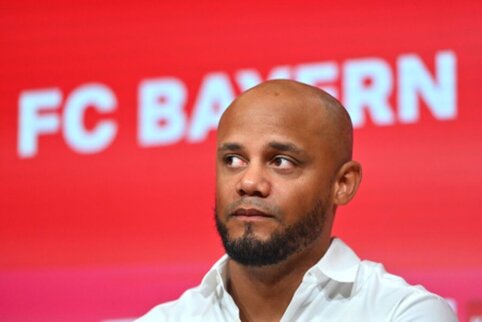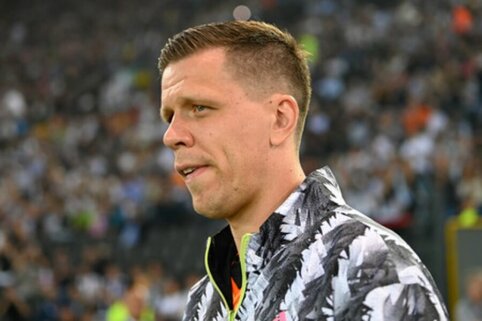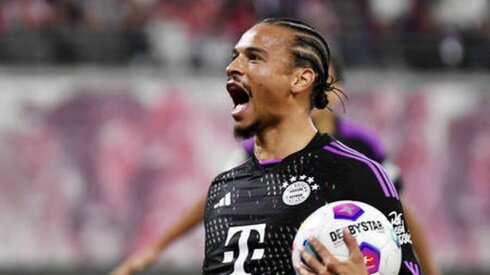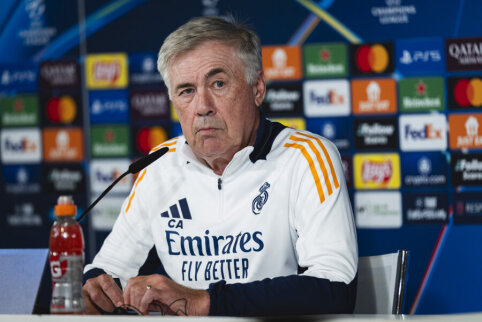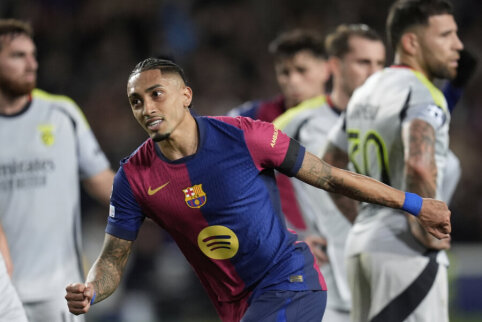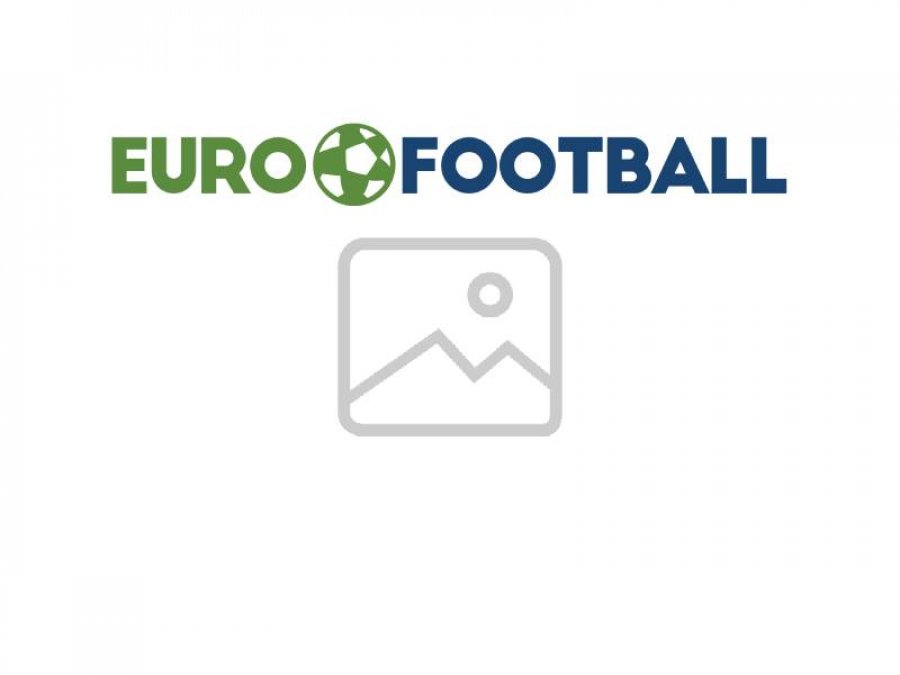 © EuroFootball.com
© EuroFootball.com
"EuroFootball.com" offers to familiarize with an article published on the "Goal.com" portal about why Germany has become arguably the biggest hotspot for young football talents in all of Europe, and what the struggling Italy could learn from them. Germany's "Bundesliga" has become a factory of talent - young footballers in this country are quickly maturing and impressing the Old Continent with excellent play. The revitalized national team shone in the World Cup last summer, while players like Mesut Ozil, Sami Khedira, and Jerome Boateng moved to the most famous clubs in Europe. However, this rise of the Germans was the result of consistent and long-term work - for a decade, teams followed the rules set by the German Football League (DFL). To understand the changes that have taken place, we must go back to the summer of 2000. At that time, led by 39-year-old veteran Lothar Matthaeus, Germany finished last in Group A in the European Championship, earning just one point and having a negative goal difference of -4. It was a painful but progress-inducing blow. Soon after, the famous "50+1" rule was implemented in Germany, prohibiting anyone from owning a controlling stake in a club. This was not the end of it - requirements for the top German league teams were raised. They had to have a professional youth academy, at least three youth fields (at least two in the second league), three coaches (two in the second league), a goalkeeper coach, as well as an adequate number of other specialists such as doctors, physiotherapists, etc. Furthermore, stadium requirements were tightened. Both first and second league teams had to have an arena with at least 15,000 seats, while the "Bundesliga" also required under-soil heating equipment. Clubs that didn't meet the requirements did not receive a license and couldn't participate in the championship. Initially, the DFL reforms hit hard on the clubs - 2002-2004 were not successful years. Most of the funds had to be allocated to the youth, which did not yield immediate results. Germany struggled to compete with England, Spain, Italy in enticing the world's best footballers. But soon, investments in youth began to pay off. Toni Kroos won the "Golden Ball," leading the German youth (up to 17 years) team to the third step of the podium at the European Championship in 2007. The following year, Germany won the U19 European Championship, while in 2009 triumphed with two more age groups - U17 and under 21. The half-billion euro investments began to be felt in the national team. This week, Joachim Low's national team will face Italy in a friendly match, a team that in 2010 experienced what the Germans did in the past decade. The aging "Azzurri" failed to advance to the knockout stages of the World Cup from a modest Group F, where they faced New Zealand, Slovakia, and Paraguay. Marcello Lippi was dismissed, replaced by new coach Cesare Prandelli, facing the same problems - Italy lacks young footballers, and the existing ones have not achieved impressive results. Furthermore, the team completely lacks its own identity. Germany is on the opposite side - they have managed to create an image of the national team. And it's very positive - a young, attacking, high-speed team that plays fast-paced football. The most talented Germans, about 14,000 of them, spend two hours each week with a coach appointed by the DFL. So it's no wonder that Low has the luxury of replacing an injured goalkeeper and three of the four main midfielders before major tournaments without major losses: the incoming players know their future roles as if they had spent a year with the national team. They have been consistently trained and prepared, knowing the goals and methods to achieve them. So Germany's rise was determined by a necessity prompted by tragic results. The country nurtures young talents who show increasingly better results. Seeing that other countries have not yet followed this example, it can be predicted that the Germans will dominate in this area for more years to come. Meanwhile, Italian football is in crisis. The results of the national team are disappointing, "Serie A" attendance is the lowest of the four elite European leagues, matches are often postponed due to frozen uninsulated fields, and the progress of the brightest talents, such as Davide Santon and partly Mario Balotelli, has stalled. All these problems can be avoided, but strict licensing requirements must be applied. Football traditions in this country run deep, so only a little learning from neighbors to the north is needed, and climbing out of the pit will begin."
